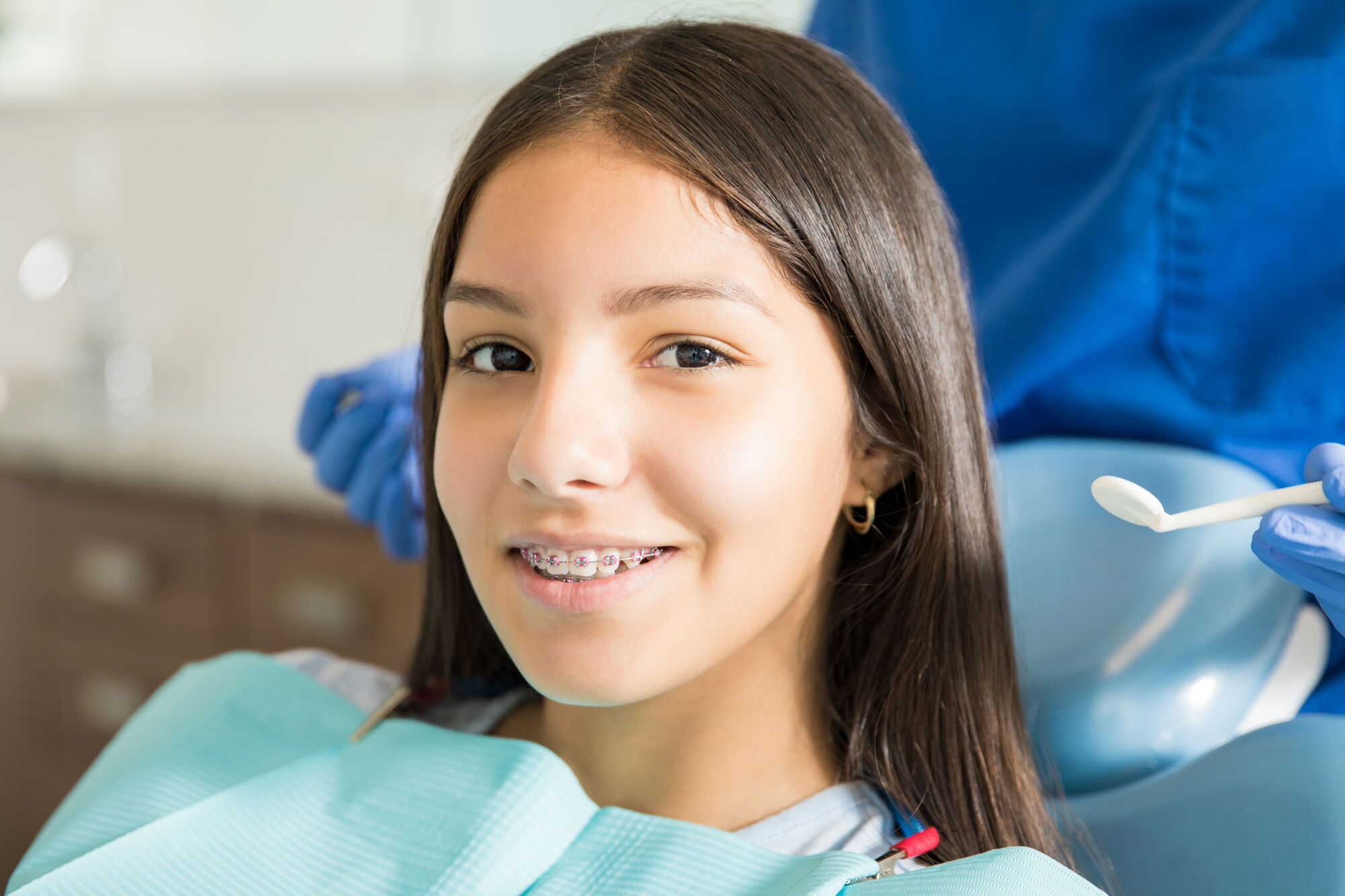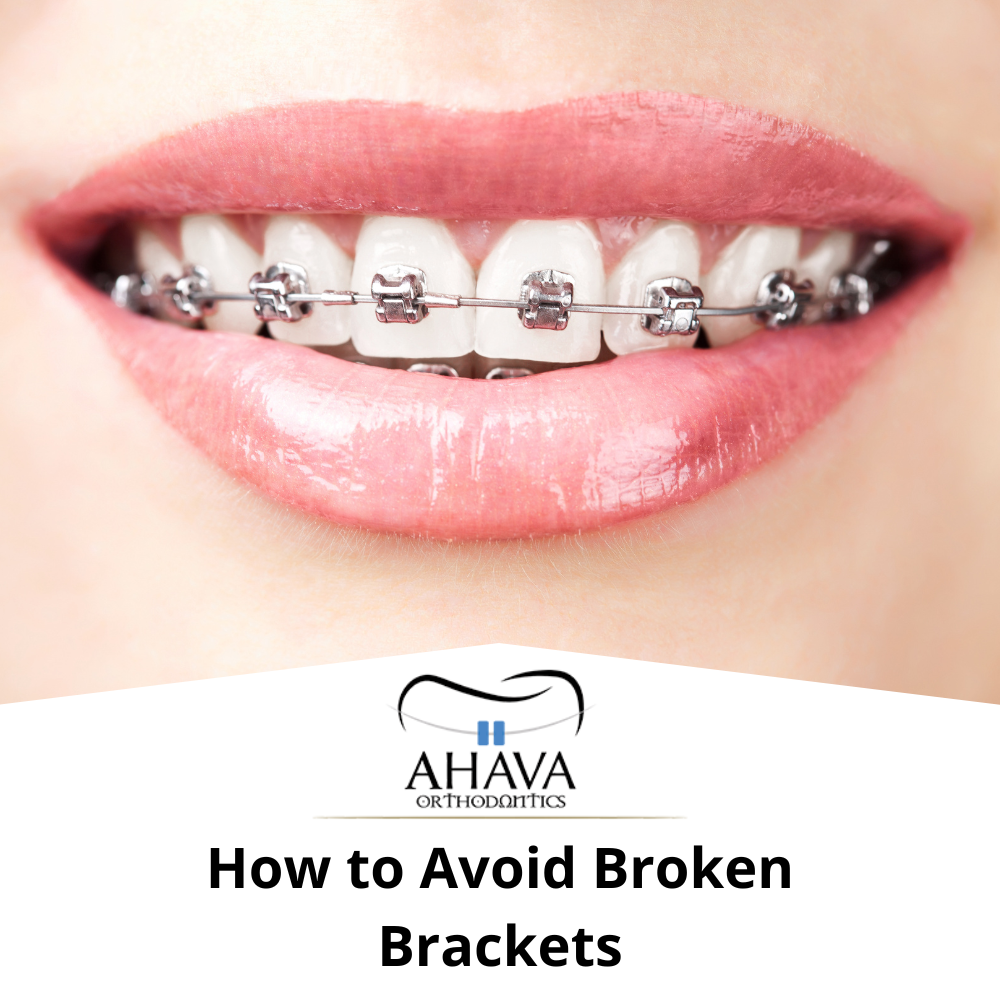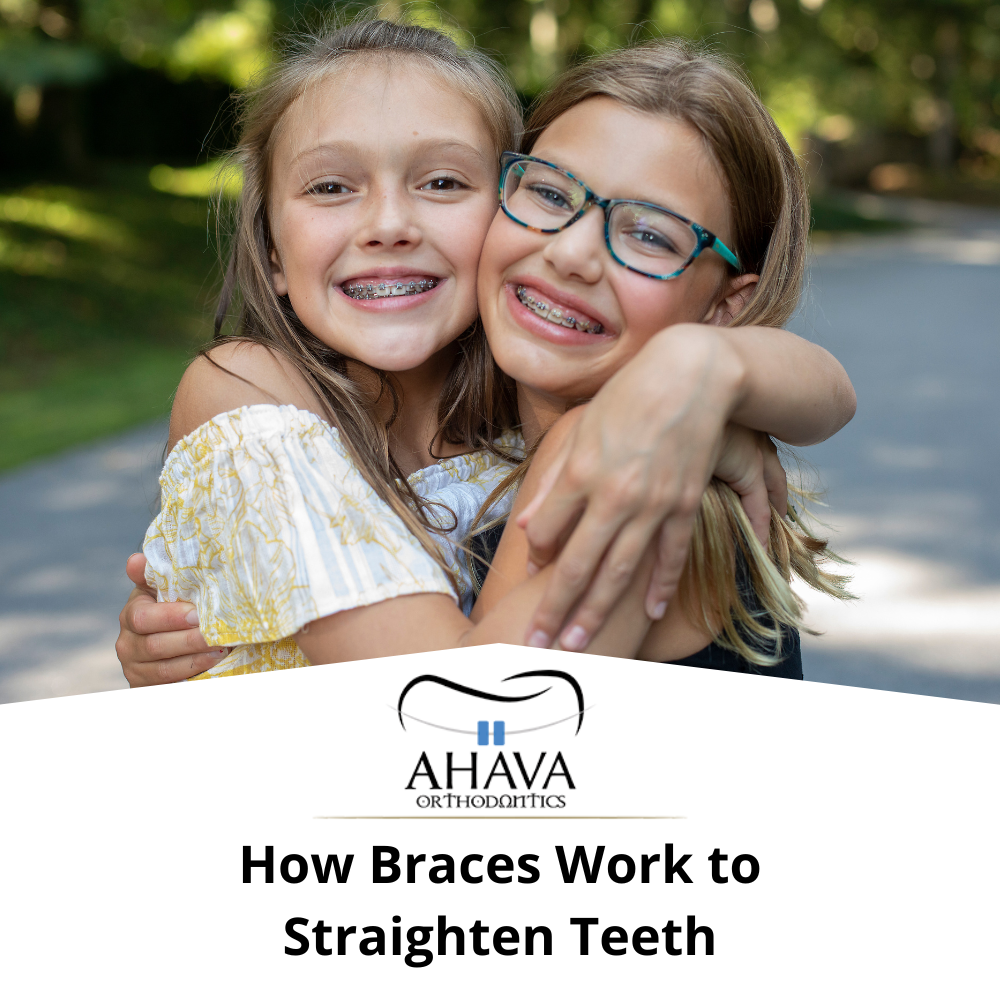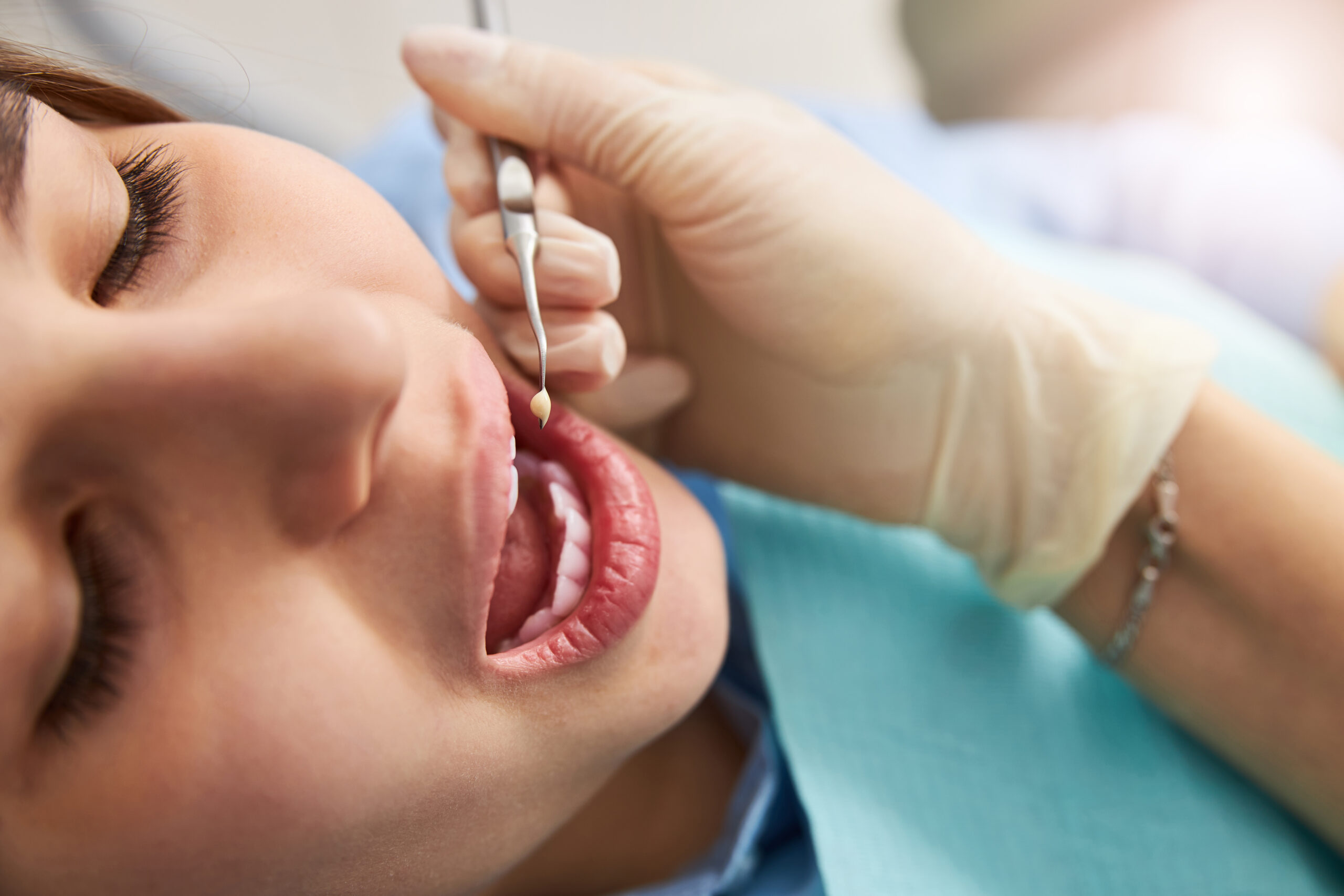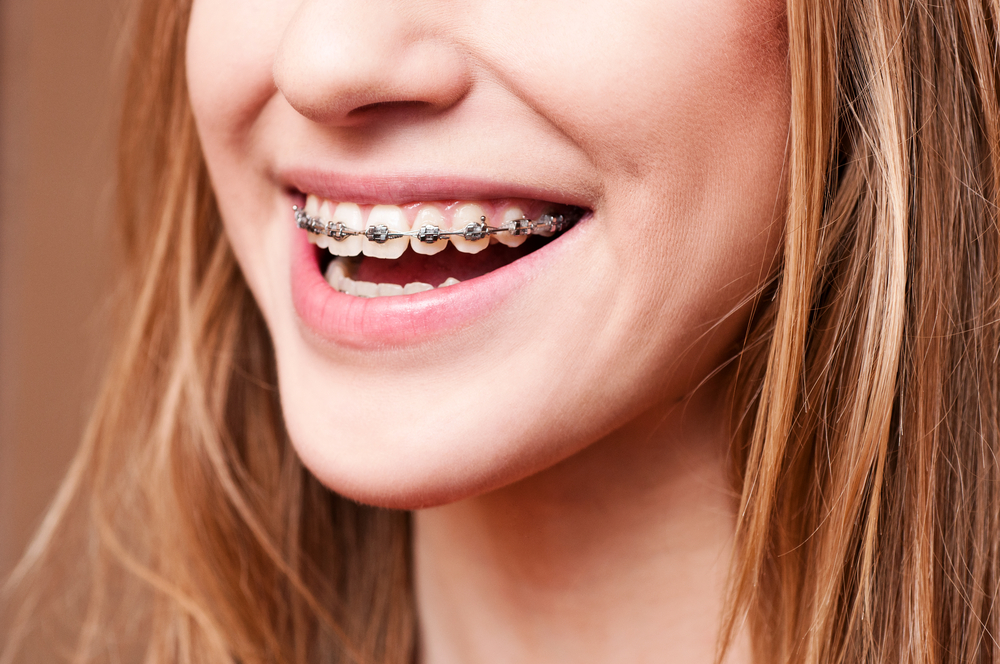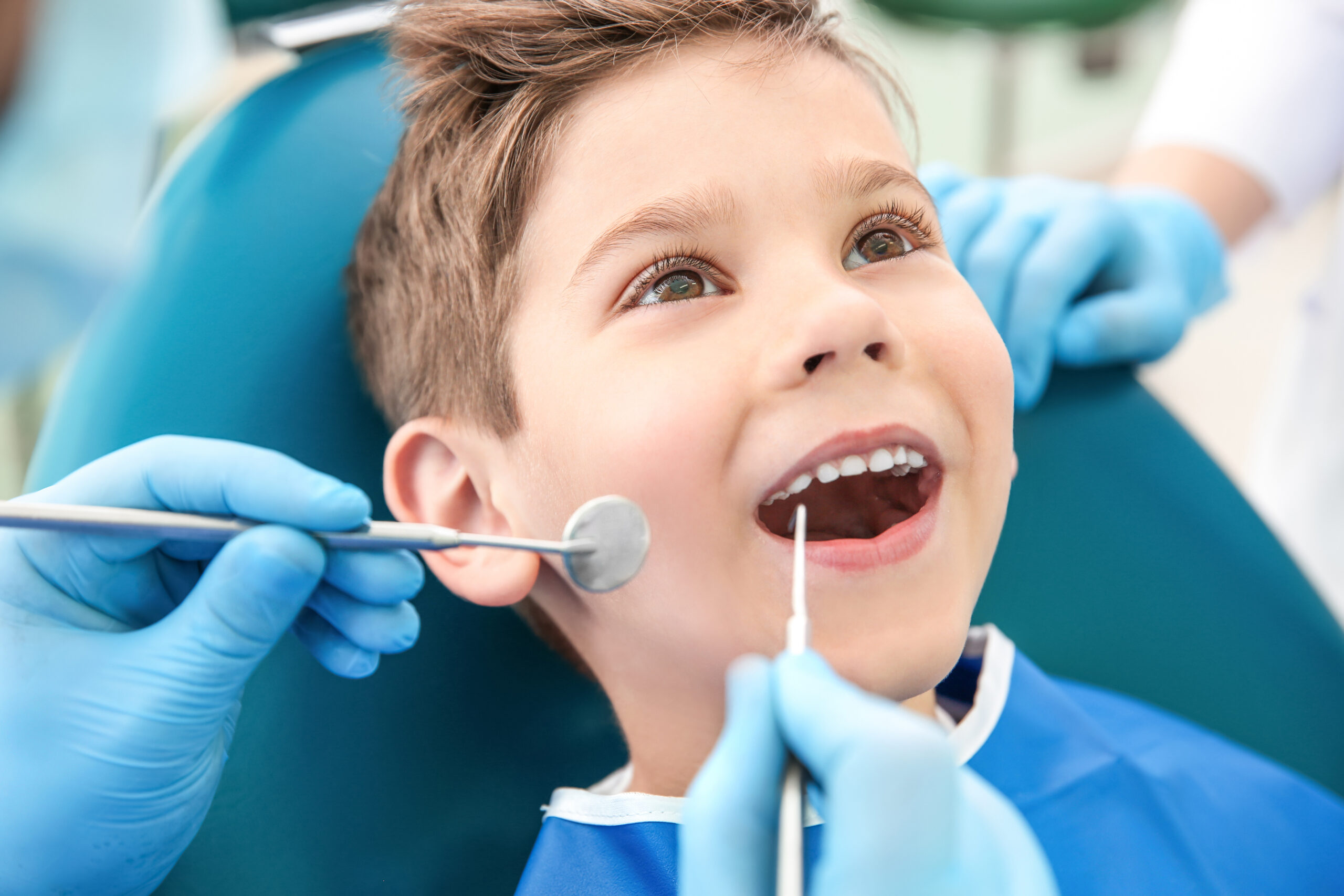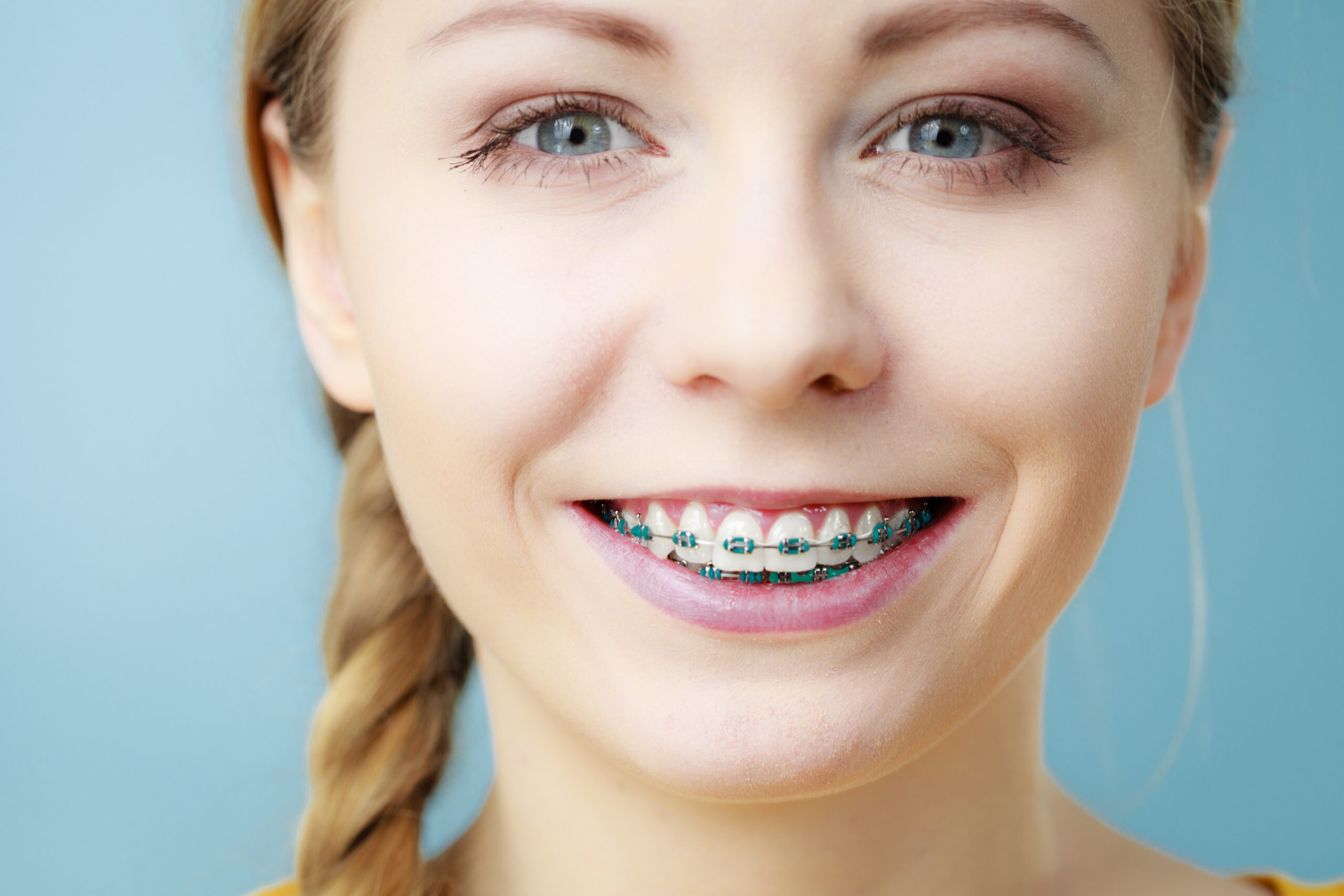Affordable Braces Near Fort Worth TX
At Ahava Orthodontics in Fort Worth, we deliver high‑quality braces treatment at prices local families can afford, with customized care that prioritizes both your smile and your budget. Everyone deserves a confident, healthy smile. We understand braces treatment can feel intimidating—especially when cost is a concern. That’s why Ahava Orthodontics is committed to making orthodontic care accessible to families in Fort Worth. Our focus on affordable braces doesn’t mean cutting corners; it means streamlining the process, using advanced technology, and offering flexible payment plans so you can get the treatment you need without financial strain. Affordable Braces Shouldn’t Sacrifice Quality When it comes to braces, affordability and excellence go hand in hand at Ahava Orthodontics. We use the same top‑notch materials—durable metal brackets, advanced archwires, clear ceramic options—and the same level of customized treatment planning you’d expect from premium practices. The difference? We’ve structured our pricing and financing to ensure treatment stays within reach for families across [...]

